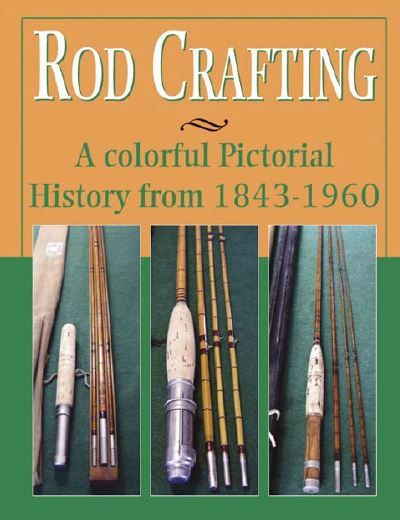
Hollowing a Different Way
A few months back I was reading a new The Planing Form newsletter Issue #98 March/April 2006 and came across an article by Wolfram Schott of Germany on a European rod maker Sigurd Vangen from the 1940’s that used a “magic star” form of hollowing...

Flies With a Past: Carrie Stevens and the Gray Ghost
When you think of the Gray Ghost streamer pattern only one name comes to mind and that is Carrie Stevens, the originator of this pattern. This is the first fly I learned to tie, but not one I recommend to the beginner because of how complicated the tie is. The reason I learned this one first is because my Dad had been given a fly tying kit that was put out by Alex Rogan that not only gave you the materials...

The Bridge Pool
I emerged from my car catching the faint, but pleasant odor of burning leaves hanging on the chill of the early morning air. While pulling on my waders and vest my gaze became lost as I tried to glimpse the muted, but brightening canvas of fall colors. It was still early enough that the rising sun couldn’t fully penetrate the heavy swirling and rising fog that still lined the river. I reached into the back seat of the car for the metal rod tube and uncased the bamboo fly rod. As it slid from the tube I was greeted with the faint, but comforting smell of varnish and I thought back...









